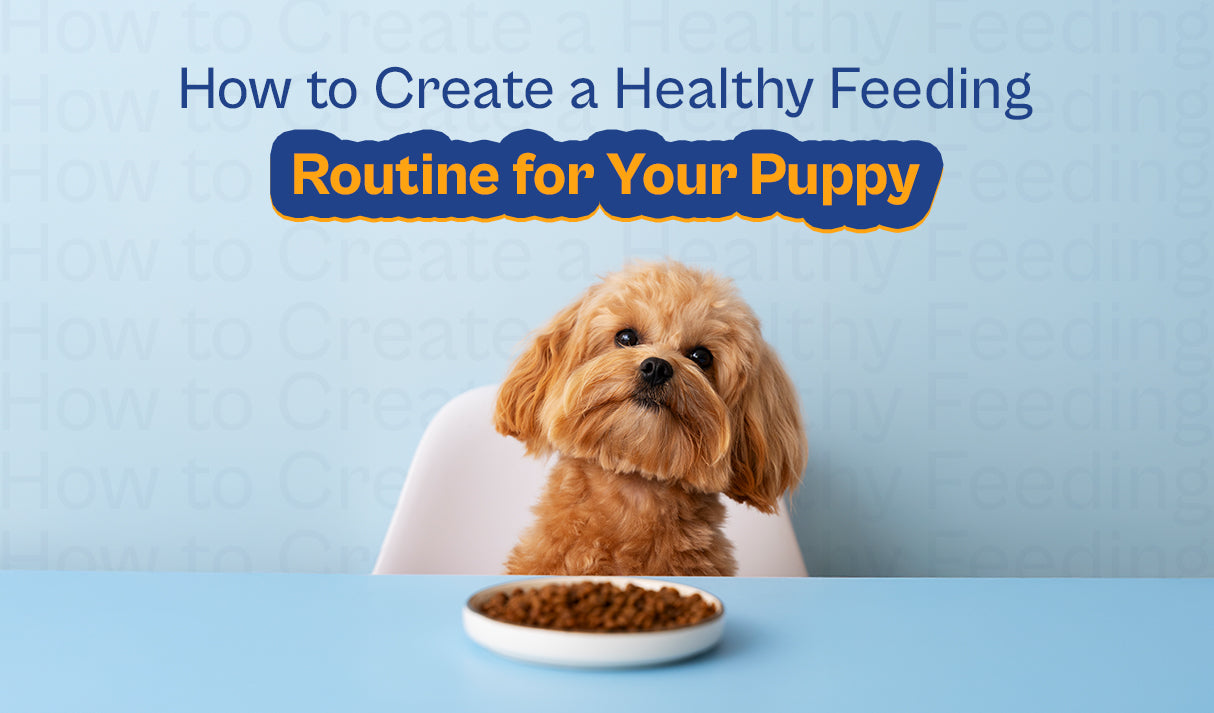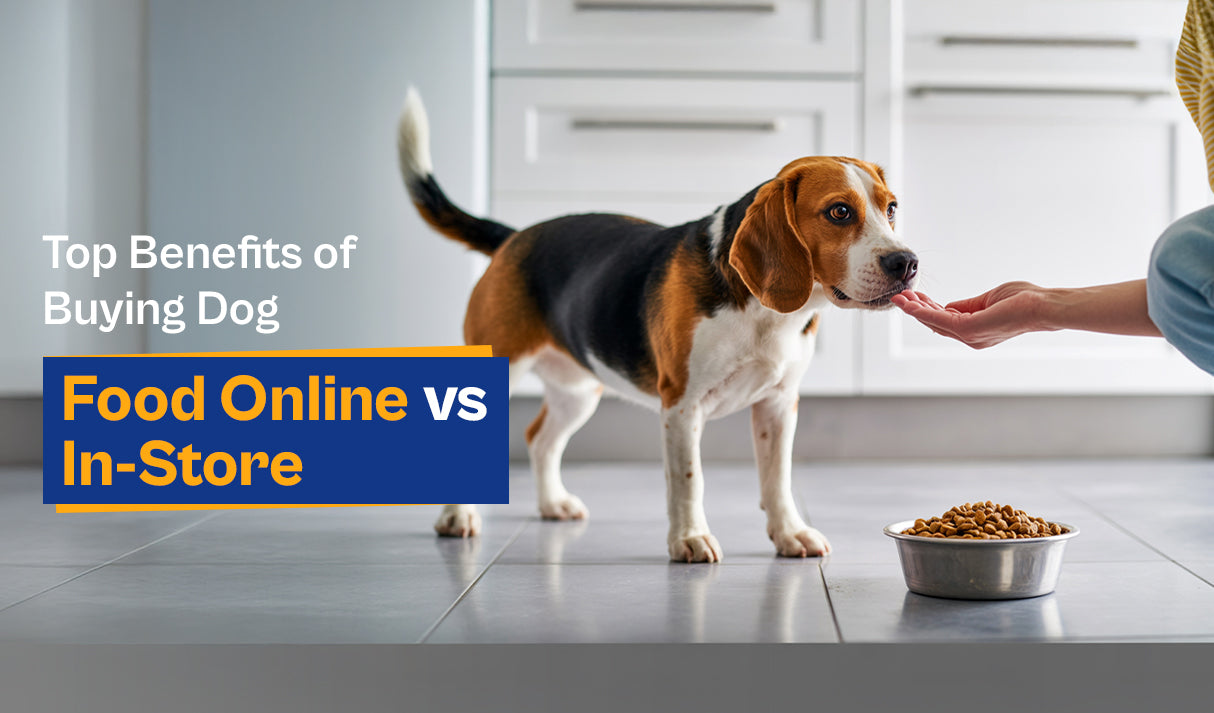Is Grain-Free Dog Food Really Better? What the Experts Say

I remember the day I first came across a sleek bag of Grain Free Dog Food at my local pet store. It was front and centre, labelled with bold claims like “ancestral diet,” “natural ingredients,” and “gluten-free.” I stood there, wondering, had I been feeding my dog all wrong?
I wasn’t alone. Grain-free diets have become the green smoothies of the pet world, trendy, widely discussed, and often misunderstood. But is going grain-free actually better for your dog? Or is it just another marketing buzzword in an industry full of them?
To answer that, let’s take a closer look at what grain-free really means, when it matters, and what the experts have to say.
What Exactly Is Grain-Free Dog Food?
At its core, Grain Free Dog Food is exactly what it sounds like, pet food made without traditional grains like wheat, corn, barley, rye, or rice. Instead, it often uses alternatives such as:
-
Sweet potatoes
-
Lentils
-
Peas
-
Chickpeas
-
Tapioca
While many grain-free recipes are also labelled Gluten-Free Pet Food, the two aren’t identical. Gluten refers to proteins found in wheat and some other grains, so all grain-free food is gluten-free, but not all gluten-free food is grain-free.
The aim? To provide dogs with food that mimics a more “natural” ancestral diet, one believed to be rich in meat and low in grain.
The Rise of the Grain-Free Trend, Why Did It Start?
A lot of the momentum behind grain-free diets came from pet parents who noticed improvements in their dogs’ health when they switched. Things like:
-
Reduced scratching or skin allergies
-
Better digestion
-
Firmer, less frequent stools
-
More energy and healthier weight
It’s not surprising. For some dogs, grains, particularly wheat or corn, can be harder to digest. For others, they’re just unnecessary fillers.
And let’s not ignore the human factor. As more of us embraced gluten-free or paleo diets ourselves, we naturally began applying that same logic to our pets. If we’re avoiding grains, shouldn’t our dogs?
Well… sometimes. But not always.
Are Grains Actually Bad for Dogs?
Here’s where it gets nuanced. Despite what the packaging might suggest, grains are not inherently bad for dogs. In fact, many grains, like brown rice, oatmeal, and barley, are great sources of fibre, B vitamins, and energy. They’re easily digestible for most dogs and help regulate bowel movements.
So when we pit Grain Free Dog Food against grain-inclusive options, we have to look at the individual dog’s needs. Some dogs have:
-
True grain allergies (though these are rare)
-
Food sensitivities (more common)
-
Specific health issues that benefit from a limited ingredient diet
But if your dog tolerates grains well, cutting them out may offer no added benefit, and could even make it harder to get a balanced diet if the replacement ingredients aren’t carefully chosen.
What Do the Experts Say?
Veterinarians and pet nutritionists generally agree on one thing: there is no one-size-fits-all answer.
According to the American Kennel Club and several veterinary nutrition boards, High nutrition pet food should prioritise:
-
A named source of animal protein
-
Balanced fat and fibre levels
-
Clearly labelled ingredients
-
Compliance with AAFCO (or equivalent) standards
They caution against blanket elimination of grains unless there's a medical reason, like proven allergies or digestive issues.
There was also concern in recent years about a possible link between grain-free diets and heart disease (specifically DCM) in certain dog breeds. While studies are still ongoing, the general advice is to consult your vet before switching to a grain-free diet, especially if your dog has no history of food sensitivities.
When Grain-Free Might Actually Be Better
Now, let’s not throw the sweet potato out with the bathwater. Grain Free Dog Food isn’t just hype, it can be a game-changer for some pets.
It might be the right fit if:
-
Your dog has itchy skin or frequent ear infections
-
They’ve experienced bloating, loose stool, or vomiting on grain-based diets
-
Your vet has diagnosed a grain allergy or intolerance
-
You’re looking for a Nutrient Pet Food with fewer ingredients and higher digestibility
In these cases, switching to a grain-free formula can provide visible relief. Dogs become more active, less itchy, and generally happier, something every pet parent hopes to see.
Choosing the Right Grain-Free Option
Not all grain-free foods are equal. If you're going to make the switch, you need to be intentional about it. Here’s what to look for:
-
Real meat as the first ingredient (e.g., chicken, lamb, fish, not "meat meal")
-
Balanced carbs like sweet potato or lentils, not just empty fillers
-
Natural additives like flaxseed, omega oils, and prebiotics for digestion
-
No artificial colours or preservatives
A good Grain Free Dog Food should be more than just grain-free, it should be complete, balanced, and made with quality in mind.
What About Puppies? Should They Go Grain-Free Too?
Ah, puppies. Adorable, energetic, and extremely sensitive to what goes into their little bodies.
For young dogs, it’s crucial to focus on Nutrient Pet Food that supports their rapid growth. This includes:
-
High protein content for muscle development
-
Calcium and phosphorus for strong bones
-
DHA for brain development
-
Easily digestible carbs and fats
If your pup shows signs of sensitivity or has a diagnosed intolerance, Grain Free Puppy Food can help. But unless a vet recommends it, there’s no urgent reason to go grain-free at this stage.
In short: it’s okay if your puppy’s first food contains grains, as long as it’s from a trusted brand with transparent ingredients and a complete nutritional profile.
So, Is Grain-Free Really Better?
It depends.
For some dogs, it’s a lifesaver. For others, it might be unnecessary, or worse, poorly balanced if the ingredients aren’t high quality. The key is not just removing grains but replacing them with better options.
If your dog is thriving on their current food, you may not need to change a thing. But if you're noticing signs of discomfort, itching, bloating, inconsistent stool, it might be time to explore new options.
Final Thoughts: Tailoring the Bowl to Your Dog
Food isn’t just fuel. It’s care. And the more we learn about what goes into our dog’s bowl, the better we can support their health, mood, and lifespan.
Whether you choose grain-free or not, what matters most is choosing high nutrition pet food made with real ingredients, built around your pet’s needs, and free of unnecessary fillers.
If you’re exploring better options, Hunger Tail’s grain-free formulas like Adult Achiever – Chicken & Brown Rice strike the right balance between digestibility and nutrition. And if you're raising a young pup, their Puppy Power – Chicken & Oats provides a gentle, protein-rich start with natural ingredients and zero artificial additives.
Ready to choose better? Visit Hunger Tail and explore our thoughtfully crafted recipes. Whether your dog needs grains, goes without them, or thrives on a tailored plan, we’ve got something that fits, naturally.
Because at the end of the day, feeding your pet isn’t just a routine. It’s a relationship.



